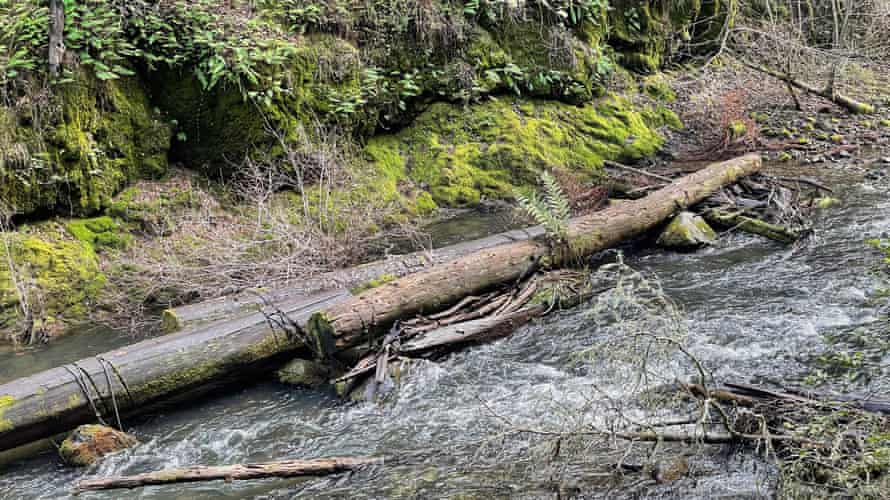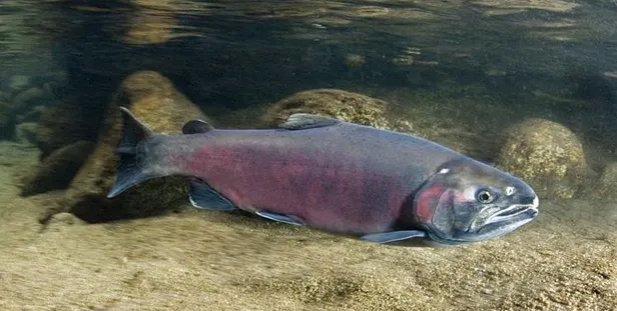||| FROM THE GUARDIAN |||
The heavy rains that soaked California late last year were welcomed by farmers, urban planners – and endangered coho salmon.
“We’ve seen fish in places that they haven’t been for almost 25 years,” said Preston Brown, the director of watershed conservation for the Salmon Protection and Watershed Network (Spawn).
California received more precipitation from October to December than in the previous 12 months, according to the National Weather Service.

The abundance of rain and snow arrived in time for the November-to-January spawning season in the resource-rich Tomales Bay watershed north of San Francisco, enabling some fish to reach tributaries to the Lagunitas Creek, at least 13 miles inland in Marin County.
Some fish have been spotted a mile upstream from where the San Geronimo Creek had been dammed until little more than a year ago, experts say.

The rain could easily be a mere pause in the state’s epic, 20-year drought, which has complicated efforts by water officials to keep fish, farms and growing cities supplied. Experts say the state needs several wet years in a row to replenish reservoirs.
In the meantime, the fish are benefiting, laying eggs in nests where babies will hatch and spend most of their juvenile life. They will then swim out to the ocean as adults, later returning to the same area to spawn.
“They like these really tiny small streams, and that’s where their survival is the highest,” said Todd Steiner, executive director of Turtle Island Restoration Network, the parent group to Spawn. “If we give the fish a fighting chance at survival, they will come back.”
**If you are reading theOrcasonian for free, thank your fellow islanders. If you would like to support theOrcasonian CLICK HERE to set your modestly-priced, voluntary subscription. Otherwise, no worries; we’re happy to share with you.**







